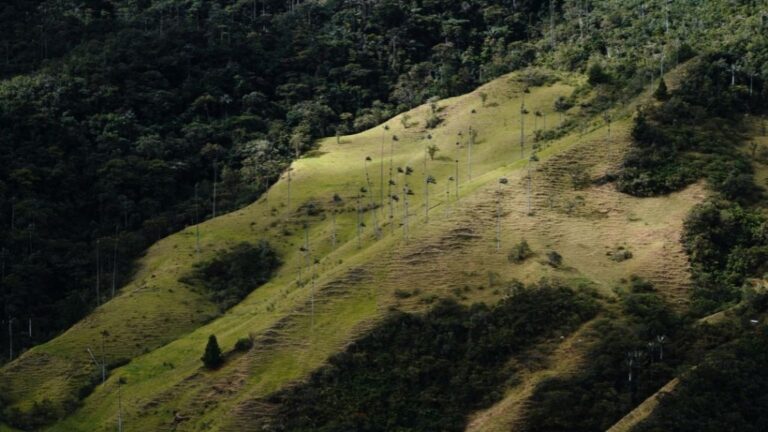Deforestation is harmful in tropical areas, and most of the tropical regions of the world are located in conflict-ridden countries. Thus there is an often unexplored relationship between deforestation and conflict zones. In the case of Colombia, the peace process has led to an increase in deforestation, as well as an increase in violence on those who aim to protect the environment.
The Colombian conflict began in the mid 1960’s with the creation of the left-wing guerillas FARC and the National Liberation Army. For over 50 years they claimed to fight alongside the rural poor to overthrow the government. In the 1990’s the conflict escalated due to illegal involvement in drug trafficking, as well as the creation of right-wing groups which became a third force in the conflict. After 50 years of struggle, the conflict left 8.5 million victims. In 2012 peace negotiations began which resulted in a permanent ceasefire in 2016, causing FARC to withdraw their troops.
Violence
The peace agreement was an important event for Colombia, but there were unintended consequences that were not equally as positive for the country’s development. One such unintended consequence is an increase of violence in the areas previously occupied by FARC. The peace agreement ended with a permanent ceasefire between the Colombian government and FARC, but other armed forces , like the National Liberation Army, were excluded from the peace agreement. Thus, when FARC retreated their troops it opened up for these other armed forces to occupy the areas previously dominated by FARC. These forces targeted local community leaders who were killed in efforts to assert dominance in these areas, and to hinder efforts for mobilization of local peasants trying to reclaim the land they lost during the conflict. Thousands of families were displaced, and hundreds of civilians were murdered for demanding access to land and resources, defending the rights of Indigenous peoples, and protecting the environment from pollution and illegal logging. This put Colombia at the forefront of the list of countries with highest assasination rates of human right defenders, and social and environmental leaders.
– Thus, while it might seem from an outsider’s perspective that the Colombian armed conflict has come to an end, the life of many people in rural areas is in reality marked by ruthless violence and intimidations that have come to haunt areas of the countryside once more, according to Krause.
Deforestation
Another unintended consequence is a surge of deforestation, which may be linked to the surge in violence. When FARC retreated the troops it not only opened up for other armed forces to take over, there were also no measures in place to stop private investors from setting up businesses. There is also a strong overlap between areas high in violence, and areas which show high levels of illegal deforestation post-conflict. As a result, environmental organisations are also becoming targets of violence. National park rangers, and others working to protect against deforestation and environmental damage are being attacked and forced to abandon their posts. The lack of governmental control over these areas further allow for land grabbing by landowners taking advantage of the situation, hoping to eventually gain legal access to the land by cutting down the forests and occupying the areas with their cattle. However, according to Peter Kareiva, the peace-process alone should not be blamed for the increase in deforestation. He claims that it is a failure of government systems that is the main cause.
Unequal access to land has been a long standing problem in Colombia even before the conflict, but with the permanent ceasefire these issues only increased. In the three years after the ceasefire, deforestation rates went up in 31 protected areas by 177 percent. Deforestation is harmful in tropical areas, as they hold most of the world’s biodiversity. According to the Nature Conservancy, one hectare of rainforest can contain 1,500 flowering plants, 25,000 species of trees, 400 species of birds and 150 species of butterflies. The amount of deforestation which has been documented in Colombia after the ceasefire is 30 times bigger. Research shows that areas with a higher level of local governance have less deforestation. Moreover, activities such as illegal mining, logging, and infrastructure building coupled with an expansion of agricultural businesses like oil palm growing, only fueled the issue. Thus, the nature and sustainability of the peace process is threatened when territorial and institutional efforts to control protected areas are not put in place for the post-conflict period.
As a result, Vargas claims that the peace-making process in Colombia serves an important reminder that safety measures need to be put into place for dealing with post-conflict issues, including social and environmental struggles. When a conflict which has engulfed a country for five decades comes to an end, many areas of society will be impacted by this change. The peace agreement has been important for the country, but safety measures to protect the people and environment in the post-conflict period were forgotten in the process. The case of Colombia highlights the importance of complementing peacemaking processes with sustainable development and good governance efforts to avoid environmental damage and social injustices.


